Table of contents of the article
ToggleThe olive leaf fly is a pest that feeds on olive leaves, causing deformities that affect the photosynthesis process. This article from the “WORLD OF PLANTS” website provides information on prevention and control.
Symptoms of olive leaf fly
- Scientific name : Dasineura oleae
- the family :Diptera
- The infestation causes symptoms of cracking and swelling on the bark of limbs, accompanied by extensive internal necrosis of the bark, causing drying of limbs or even death of entire trees.
- Infestation occurs on leaves, causing oblong masses and deformities, while defoliation has been reported in severely infested trees.
- . When galls form on the leaves, the plant's ability to photosynthesize is reduced, and the quantity and quality of the crop may be affected
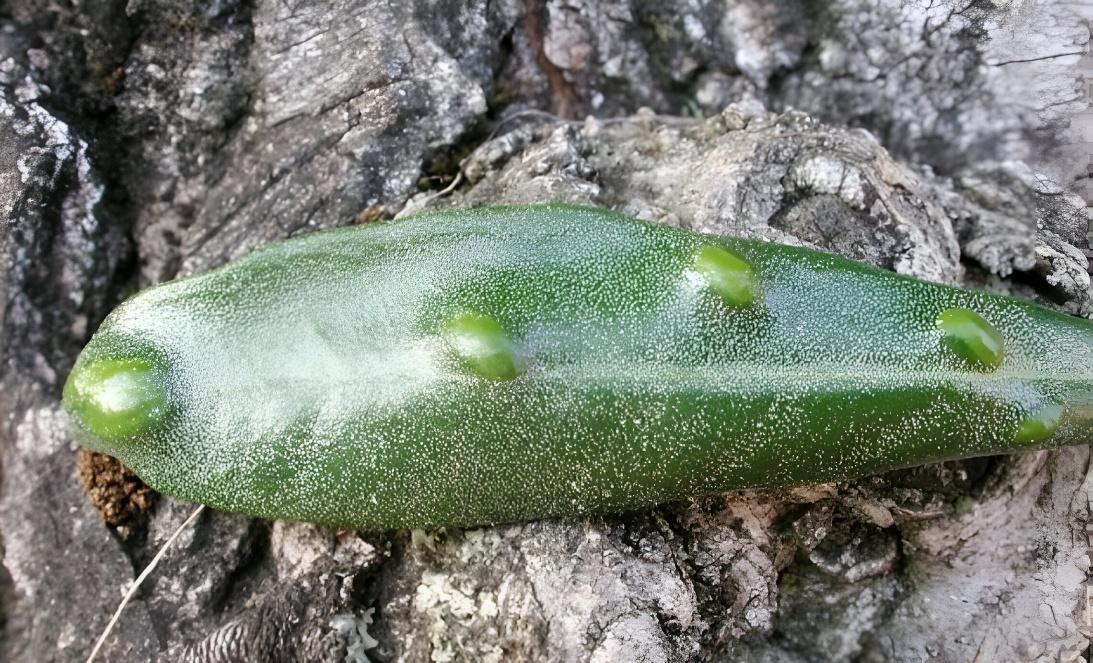
Description of the olive leaf fly
- Its length is (2.5 mm). The male’s abdomen and head are yellow, while the female’s abdomen is light brown. The antennae are knobby. The larva is (3 mm) long, legless, and yellowish-white in color.
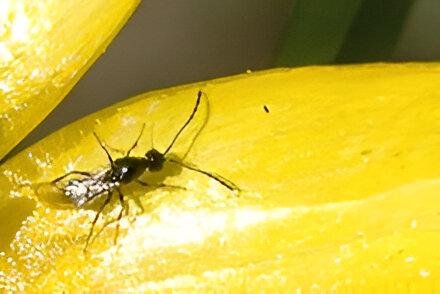
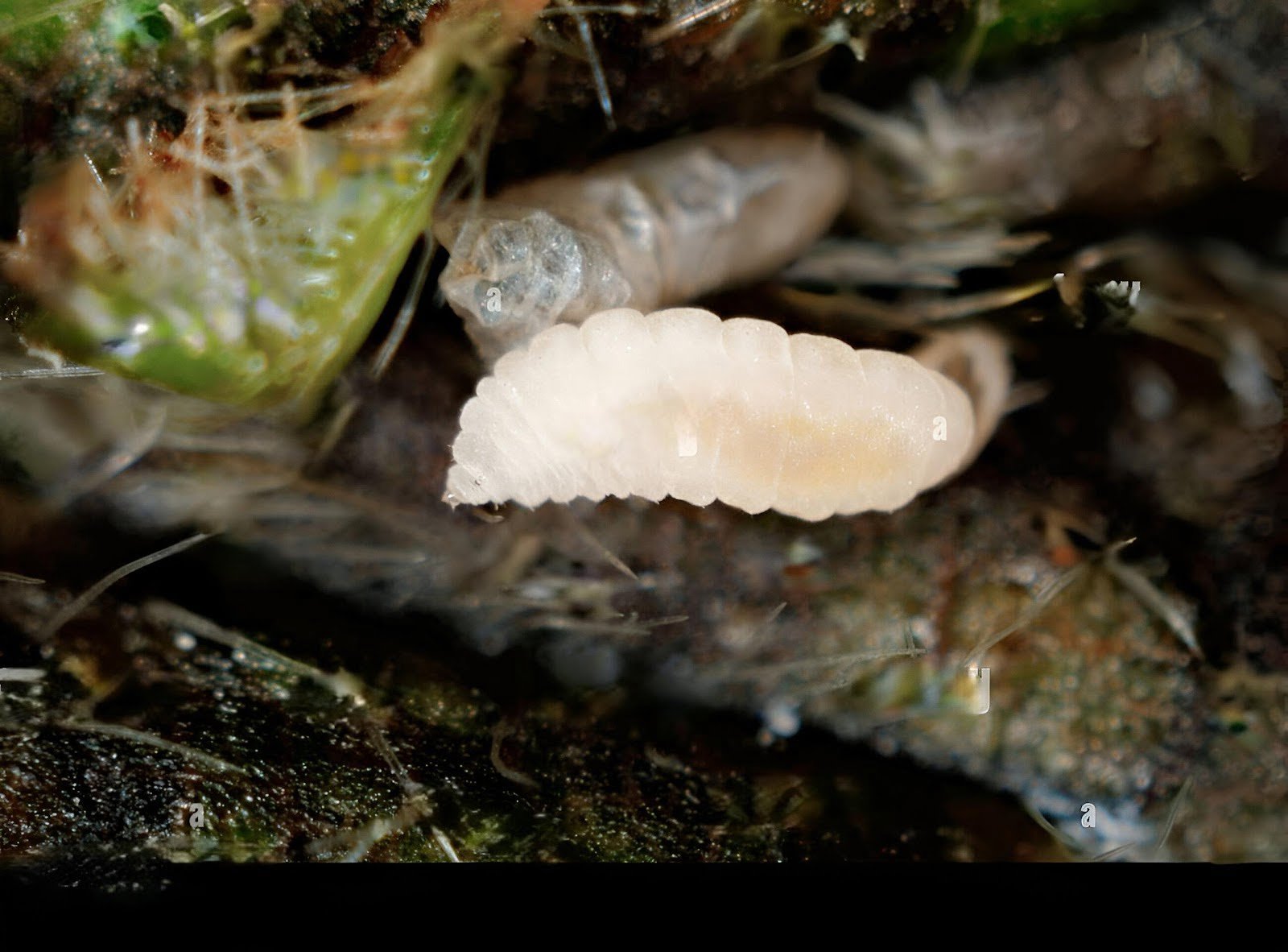
Causes of olive leaf fly
- The availability of appropriate conditions, such as temperature and humidity, has a relationship with the development of this insect, especially as it goes through a stage of cessation of development that extends from the middle of the summer until the beginning of the spring.
- The use of agricultural chemicals causes the elimination of many creatures and insects that maintain the natural balance.
Suitable conditions for the spread of the olive leaf fly
- Lack of care for olive trees in general (pruning, balanced fertilization, irrigation) before harvesting them.
- Not taking good care of the land and plowing (excessive plowing, not removing weeds).
- The tree itself is weak as a result of lack of attention to potassium and nitrogen phosphorous fertilization.
Development cycle of the olive leaf fly
D. oleae eggs are laid on the lower surface of the leaf, and the hatched larvae penetrate the underlying tissue and form galls in which they live and develop until adults emerge.
D. oleae develops one generation per year in mountainous areas and two generations in coastal areas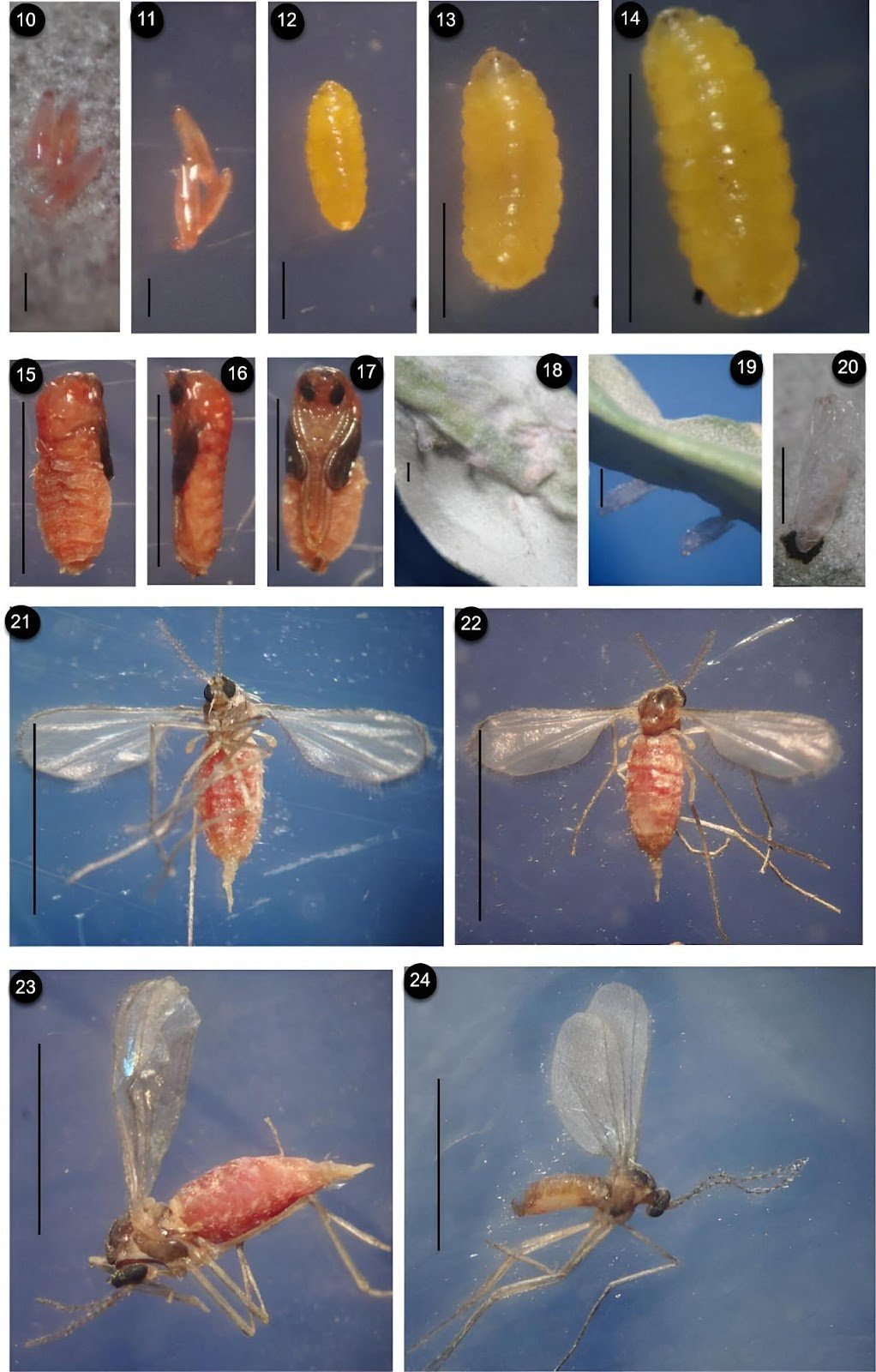
Losses from the spread of the olive leaf fly
- Serious wounds on the leaves, causing them to fall and thus losing the ability to produce flower buds and fruits the following year
- Larval feeding activity may lead to the release of plant volatiles such as linalool
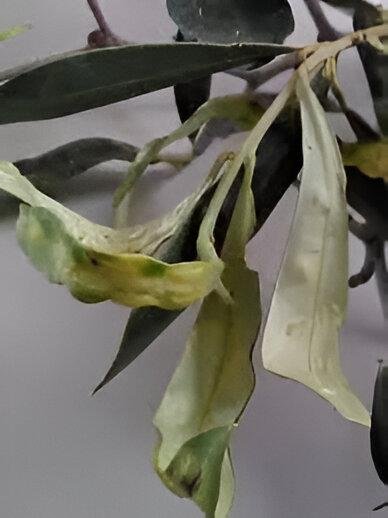
Olive leaf fly control strategy
Preventive measures to prevent the occurrence of olive leaf fly
Pruning the insect-infected olive parts and then burning them, and irrigating the trees properly during the hot months of summer and fall
Chemical and organic control recommendations
- Using parasites such as P. oleae and Q. Dasineurae
- Use yellow sticky traps
- Spraying systemic pesticides (dimethoate) during the insect’s active season (first March)
In conclusion, we would like to note that we, at the world of plants website, offer you all the necessary services in the world of plants, we provide all farmers and those interested in plants with three main services::-
- Artificial intelligence consulting service to help you identify diseases that affect plants and how to deal with them.
- Blog about plants, plant diseases and care of various crops ... You are currently browsing one of her articles right now.
- An application that provides agricultural consultations to clients, as well as a service for imaging diseases and knowing their treatment for free – Click to download the Android version from Google Play Store، Click to download the IOS version from the Apple App Store.
References
- Doğanlar, M., Sertkaya, E., & Skuhravá, M. (2011). Pest status of olive leaf gall midge Dasineura oleae (Angelini, 1831), description of Lasioptera oleicola Skuhravá sp. new (Diptera: Cecidomyiidae) and effectiveness of parasitoids on their populations in Hatay Turkey. Turkish Journal of Entomology, 35(2), 265-284. Batta, Yacoub A. “New findings on infestation and phenology of Dasineura oleae Angelini (Diptera, Cecidomyiidae): an emerging pest on olive trees in the Palestinian Territories. “ Journal of Plant Diseases and Protection 126.1 (2019): 55-66
- Caselli, Alice, et al. Infestation of the gall midge Dasineura oleae provides first evidence of induced plant volatiles in olive leaves. Bulletin of entomological research, 2022, 112.4: 481-493. Simoglou, KB, et al. “Euzophera bigella (Zeller)(Lepidoptera: Pyralidae) and Dasineura oleae (F. Low)(Diptera: Cecidomyiidae): emerging olive crop pests in the Mediterranean?.” Journal of Pest Science 85 (2012): 169-177
- Pest status of olive leaf gall midge Dasineura oleae (Angelini, 1831), description of Lasioptera oleicola Skuhravá sp. – pdf file
- New findings on infestation and phenology of Dasineura oleae Angelini (Diptera, Cecidomyiidae) – pdf file
- Infestation of the gall midge Dasineura oleae provides first evidence of induced plant volatiles in olive leaves – pdf file
- Euzophera bigella (Zeller) (Lepidoptera: Pyralidae) and Dasineura oleae (F. Low) (Diptera – springer




